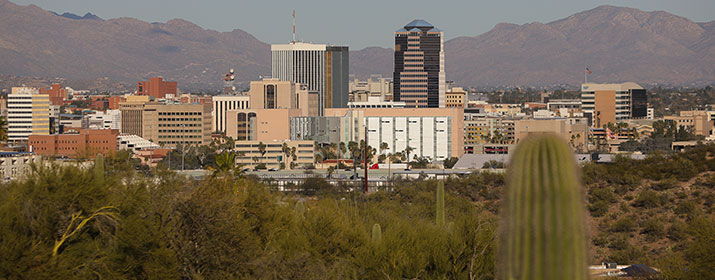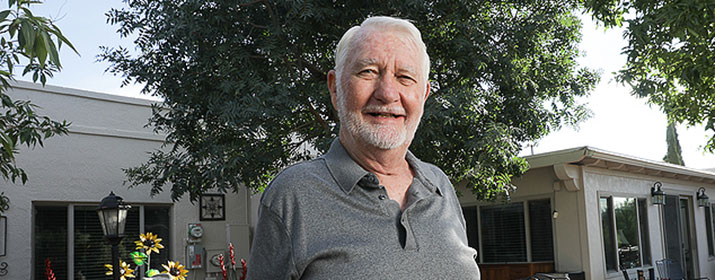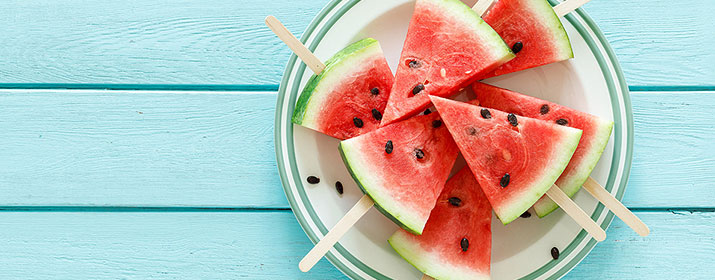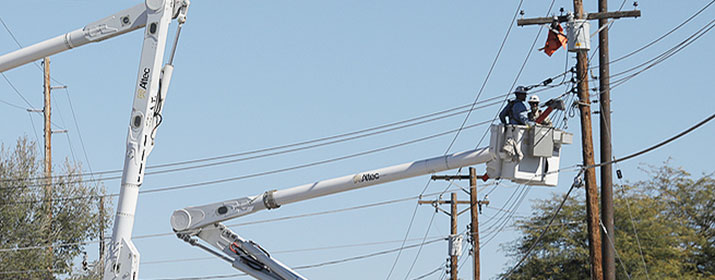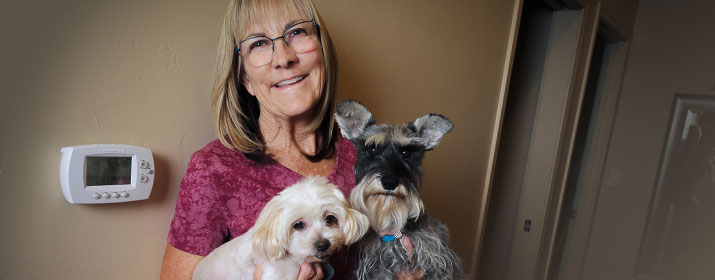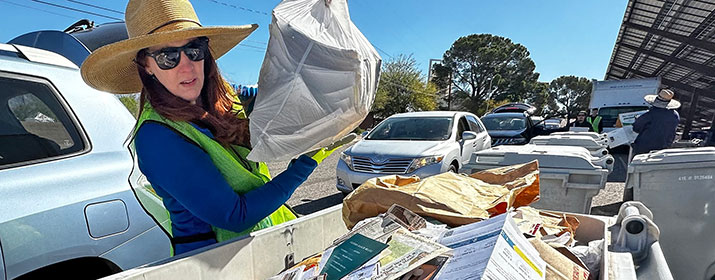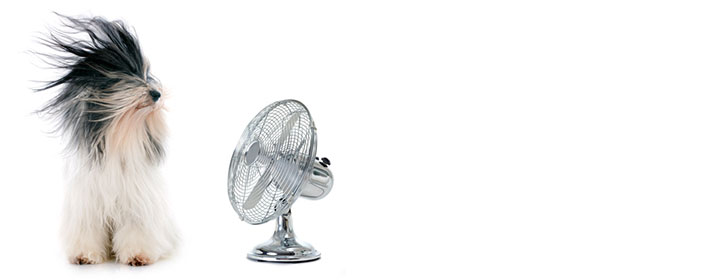
With summers getting hotter and longer, our energy grid and our seasonal bills are put to the test as we run air conditioning longer to stay cool. Here are nine steps you can take to reduce your energy usage and costs, stay more comfortable and reduce your carbon footprint.
1. Give your air conditioning some TLC
“One of the most important things you can do to ready your AC for the long, hot summer is to have it inspected and maintained annually by a professional. An annual AC check-up will help prevent breakdowns, extend the unit’s useful life and improve energy efficiency by 5-15 percent,” said Edith Garcia, Senior Residential Energy Efficiency Program Manager for Tucson Electric Power.
You also need to do your part by changing the air filter monthly or as recommended by the manufacturer to prevent it from becoming clogged from heavy use. Buy a couple of filters at a time so that you always have a spare on hand and replace the filter on the same day every month so it becomes a habit and you don’t forget.
2. Bump up the temperature a few degrees
It’s tempting to dial down the thermostat to 75 or lower on hot days, which can result in higher energy bills. Your home may still be cool enough to be comfortable, however, at 78 degrees. Those few degrees might not affect your comfort, but for each degree you raise the temperature, you can reduce energy usage by 10 percent more.
Another strategy is to pre-cool your home before peak times of energy use so that your AC doesn’t run as often or as long, and especially if you’re on a Time-of-Use plan. To pre-cool your home, set the thermostat several degrees lower than your normal setting at noon, and then raise it several degrees higher than your normal setting at 3 p.m., when peak demand begins.
Better yet, invest in a smart thermostat, which can be programed to reduce cooling during on-peak hours and anytime it senses you’re not home. TEP is offering a few models free of charge to eligible TEP customers. We also offer a $35 rebate when you purchase and install from a broader list of qualified models, which also may be available at a discounted price on the TEP Marketplace.
3. Air dry
Electric dryers use a lot of energy. They also add heat to your home when you’re trying to keep it cool. Use the warmth of our summer sun to dry your clothes naturally by hanging them outdoors on a clothesline. They’ll have that outdoor freshness, your home will stay cooler and you won’t use any energy.
You also can forego the drying cycle on your dishwasher to save energy. Simply open the door after the rinse cycle to let your dishes air dry.
4. Consider a Time-of-Use Pricing Plan
Electricity costs are higher during times of peak demand from 3-7 p.m. in the summer. Shifting energy usage to mornings, midday and later in the evening can reduce your monthly bills, especially if you use one of our Time-of-Use or Demand price plans. Try to do chores that require major appliances in the morning, midday or after 7 p.m., when rates are lower.
One caution about TOU and Demand plans: If all the members of your household are unwilling or unable to reduce energy usage during peak times, your monthly bill could increase. Learn more about our pricing plans before making a switch.
5. Use ceiling fans
Ceiling fans and oscillating fans use just a fraction of the energy of an air conditioner. “While circulating the air does not reduce the actual air temperature, it does make you feel cooler because heat is pulled up and away from your body,” Garcia said.
In the summer, switch the direction of the blades to counterclockwise. Using ceiling fans can help reduce cooling costs by up to 40 percent if you also raise your thermostat by a few degrees. Just remember to switch the blade direction back to clockwise when temps get chilly so that the fan forces warm air down into the room.
6.Shade your home to keep it cooler
Let your home benefit from the same cooling shade you enjoy when ducking under a tree on a hot sunny day. Shading your home with trees, awnings or sunshades helps keep it cooler so that your air conditioner won’t need to run as often or work so hard.
Planting trees or installing sunshades or awnings on the south and west sides of your house reduces the amount of radiant heat on your home. “TEP’s Trees for You program offers customers fast-growing, desert-adapted trees at discounted prices for a low-cost investment that can result in future energy savings,” Garcia noted.
7. Lower the temperature on your water heater
If you have an electric water heater, it could account for up to 25 percent of your electric bills. Most of that energy used is for “standby” heating to maintain the temperature of the water in the tank so you get warm water when you turn on the shower or faucet.
However, in our area, water from the tap is usually already warm during the summer and, besides, how hot do you really want that shower when it’s scorching hot outside?
Water heater manufacturers often set the default temperature to 140 degrees. Reducing the temperature of your water heater to 120 degrees helps save energy and lowers water heating costs. The temperature is still high enough to kill any harmful bacteria but will help prevent scalding.
Other ways to reduce your water heating costs are to take shorter showers and use the cold water setting on your washing machine.
8. Consider replacing that old single-speed pool pump
Pool pumps – especially older single-speed models – consume a lot of energy when they’re operating for 6-8 hours a day in the summer. Consider swapping out that old model for a new variable-speed ENERGY STAR® to save energy and reduce your electric bills. Plus, you’ll get a $100 instant rebate from TEP when you buy the pump from one of our TEP-approved pool professionals and have them install it.
“Variable speed models are more efficient than single-speed units because they filter water at different speeds rather than running on high speed all the time,” explained Garcia. “Our TEP pool professionals will help you choose a pump sized correctly for your pool and will program it for maximum efficiency while keeping your pool sparkling clean. You may be able to reduce the filtering time by a few hours.”
Running the pump late morning to mid-afternoon during off-peak hours also can help you reduce energy costs, especially if you have a Time-of-Use or Demand pricing plan.
9. Use shades and blinds strategically
“In hot summer climates like Arizona, keeping your home cool can be challenging. Closing blinds and shades before the sweltering midday and afternoon sun will reduce the amount of radiant heat entering your home to keep it cooler without your AC working so hard,” advised Garcia.
If it cools off at night, open blinds, shades and windows to let the cool air in. Just be sure to turn off your air conditioner overnight so that if it kicks on, you’re not losing cooled air through the windows. Repeat this routine on hot days and cool nights to make your home more comfortable and reduce AC use.

